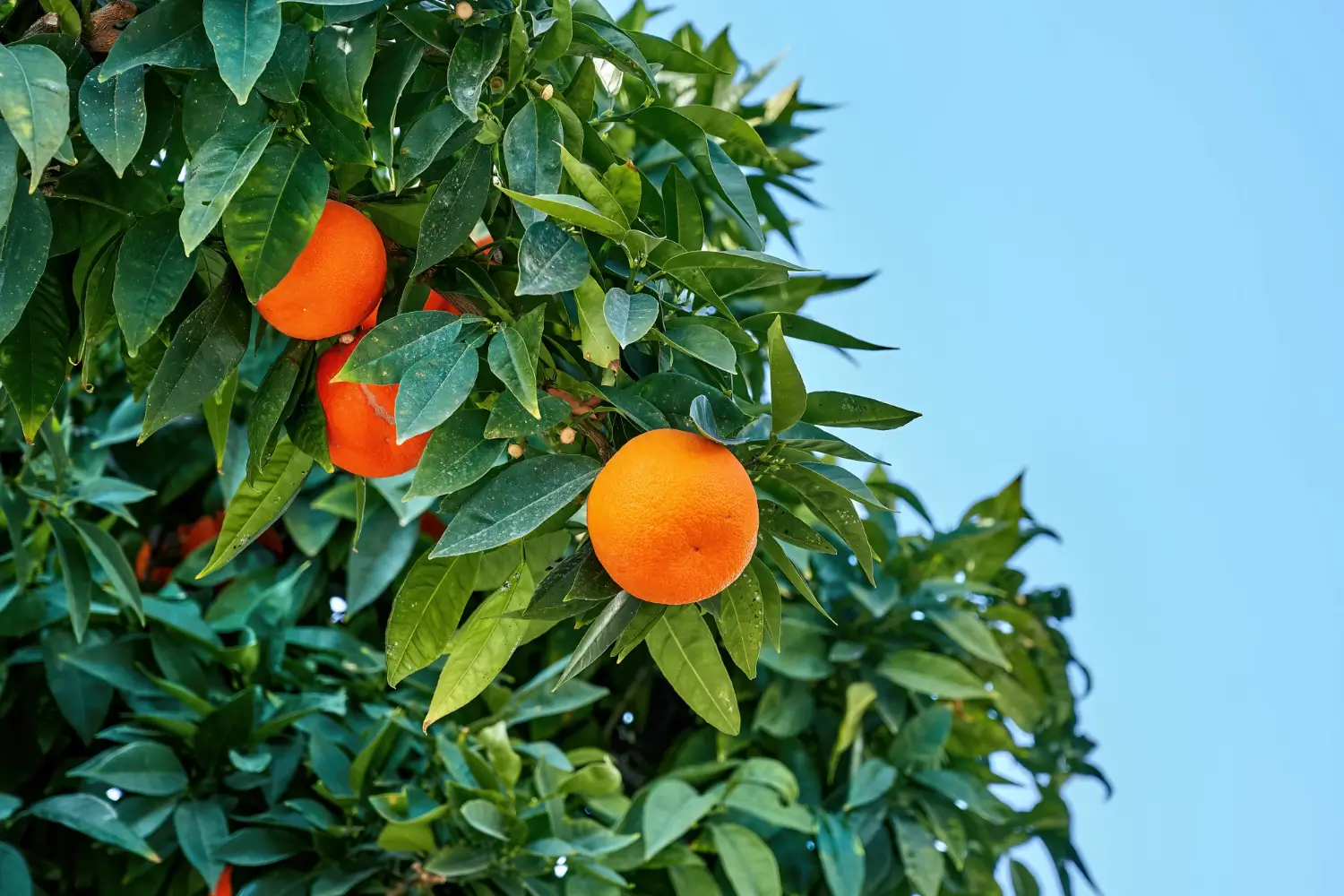
Soil Health & Fertilization
We unite suppliers and green industry professionals worldwide
The Quaking Aspen isn’t only praised for its golden autumn foliage — it’s adored for how its round, flat leaves tremble and shimmer with the slightest touch of wind. This captivating characteristic makes the Quaking Aspen a great marvel of the natural wo
By Mariam Scott
|Published on June 13, 2025
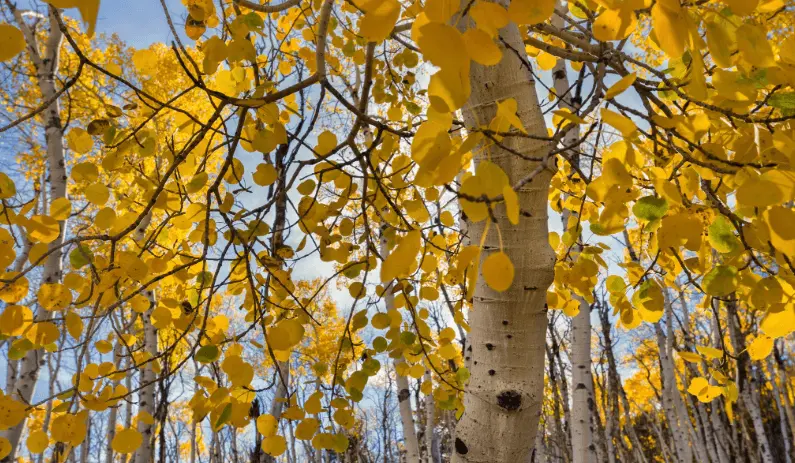

"Have you ever heard a tree whisper as it sways in the breeze?"
The Quaking Aspen isn’t only praised for its golden autumn foliage — it’s adored for how its round, flat leaves tremble and shimmer with the slightest touch of wind. This captivating characteristic, paired with smooth white bark and an ability to colonize entire groves from one root system, makes the Quaking Aspen a great marvel of the natural world.
Found throughout North America in high elevations and in cool climates, Populus tremuloides is considered the most widely distributed tree species on the continent. It’s fast-growing, adaptable and provides a visual and auditory experience like no other. Whether you are planting one for ornamental value or for celebrating nature’s quiet drama, Quaking Aspen brings motion, color and charm to your landscape.
| Common Name | Quaking Aspen |
| Botanical Name | Populus tremuloides |
| Type | Deciduous tree |
| Height/Spread | 20–80 ft tall / 20–30 ft wide |
| Sunlight | Full sun |
| Soil | Loamy or sandy, moist and well-draining |
| Watering | Moderate |
| Bloom Time | Spring; catkins (Slender, tassel-like flower clusters) |
| Hardiness Zones | 1-7 |

September 25, 2025
9 minute read
September 24, 2025
9 minute read
September 23, 2025
10 minute read
September 22, 2025
9 minute read


Join as a seller and connect with thousands of B2B buyers nationwide!
Sign Up

Xyris
Xyris (Xyris spp.), also known as Yellow-eyed Grass, is an attractive perennial native to wetlands and marshes.
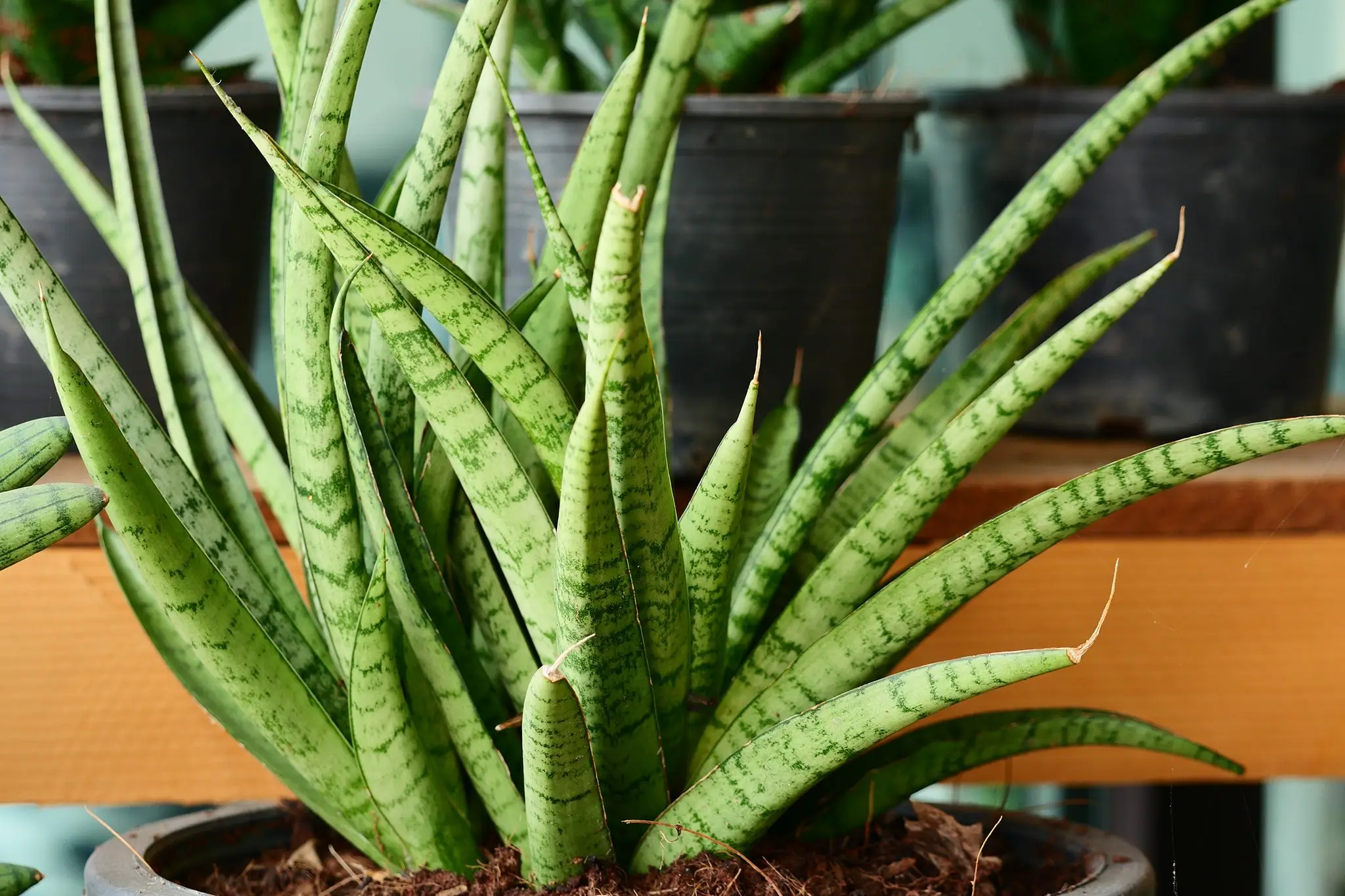
African Spear Plant
The African Spear Plant (Sansevieria cylindrica), also known as cylindrical snake plant or spear sansevieria, is a hardy, architectural succulent native to Angola.
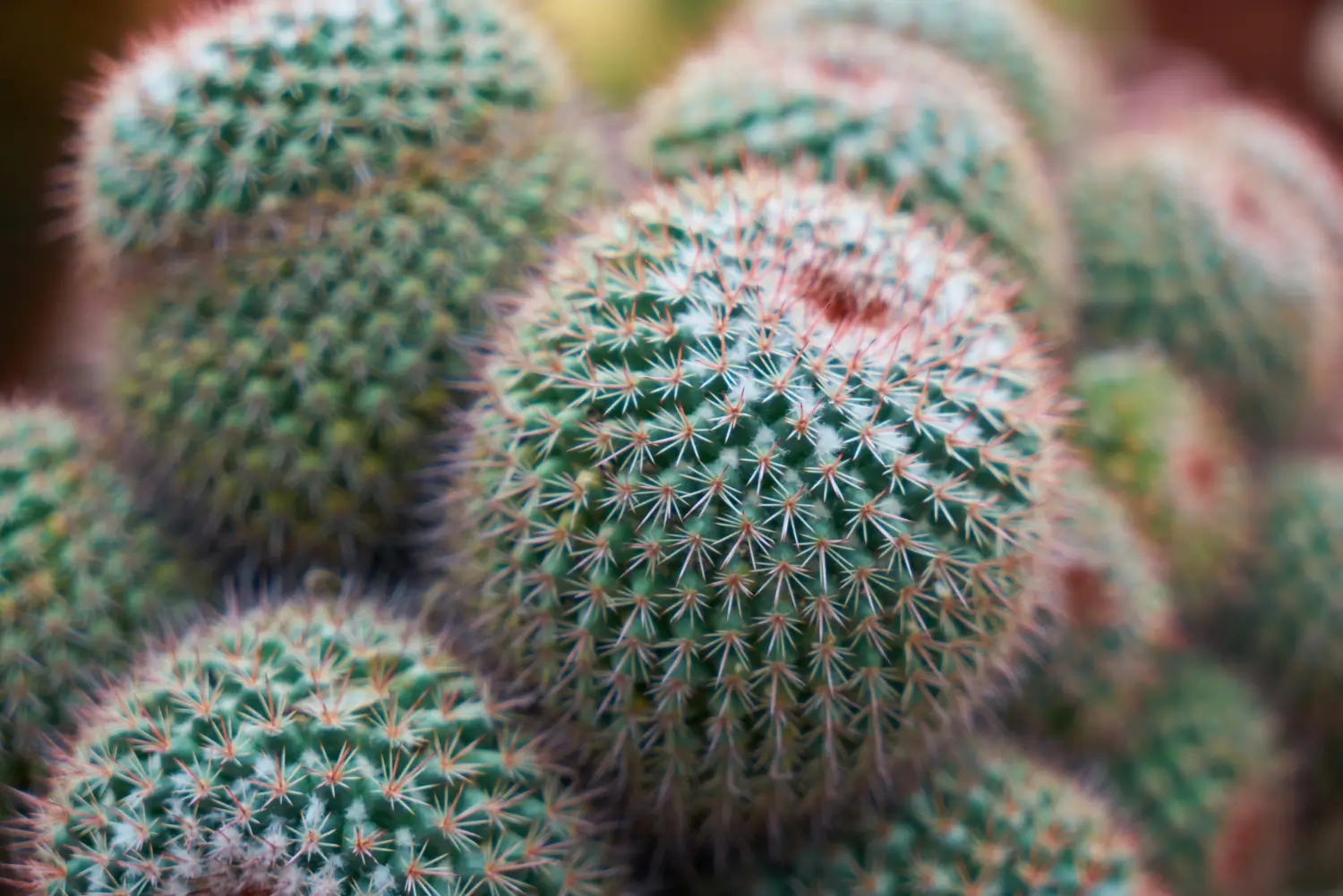
Ball Cactus
The Ball Cactus (Parodia magnifica and related species in the Notocactus group) earns its name from its globe-like form and neatly spaced ribs, giving it the appearance of a botanical sculpture
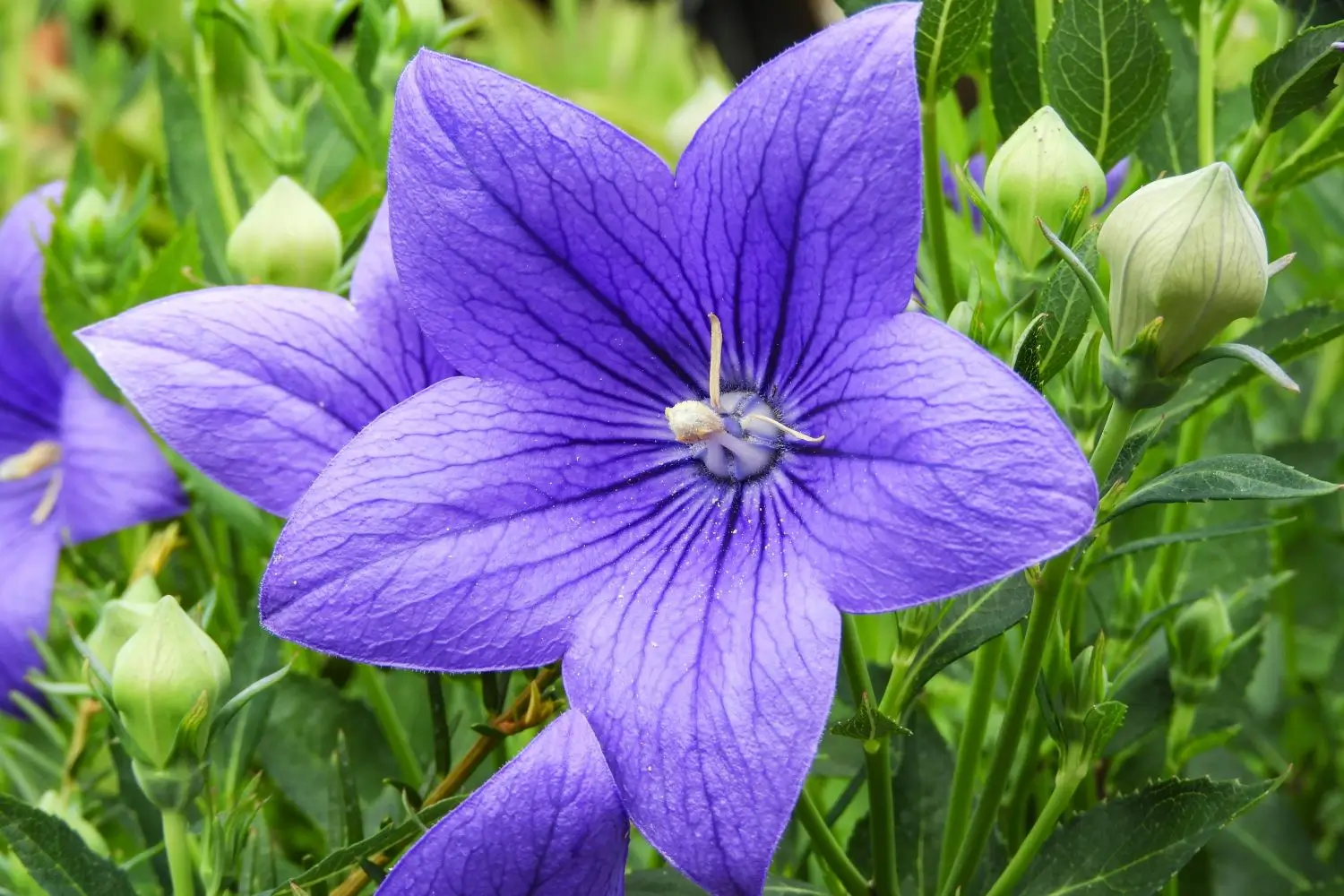
Balloon Flower
The Balloon Flower (Platycodon grandiflorus) is an easily grown perennial that presents its balloon-like buds, which erupt into 5 petaled star shaped flowers
Quaking Aspens are low-maintenance and fast-growing, but they thrive in cool climates with plenty of sunshine. They have aggressive, wide-spreading root systems, so ensure they have plenty of space. They thrive in moist, well-draining soils and will reward you with breathtaking seasonal changes and soft movement with the wind.
Quaking Aspens prefer full sun, requiring at least six hours of direct light a day. Proper sunlight not only helps them grow rapidly, but also improves their signature golden autumn display. If they don’t get full light, they can become leggy or prone to disease.
These trees like well-draining soil that remains consistently moist. They prefer rich loam or sandy soils that are high in organic matter. They can be somewhat stress tolerant once established, but prefer slightly acidic to neutral pH conditions and don’t thrive in overly dry or compacted soil.
Aspens like moisture but dislike soggy conditions.
Quaking Aspens require very little pruning beyond basic maintenance.
Quaking Aspens are prolific natural propagators, often spreading by root suckers rather than seeds.
Because of their clonal growth habit, entire groves can technically be one single organism—a fact that makes them ecologically fascinating.
Although these trees are typically planted in open landscapes, young Aspens may be grown temporarily in containers:
However, due to their size and spreading nature, aspens are best transplanted to the ground within a year or two.
Aspens are naturally cold-hardy and do not require any special overwintering care once planted in the ground. They actually thrive in snowy, high-altitude conditions.
If you grow a small tree in a pot then:
Mature outdoor trees simply go dormant and are quite winter-hardy.
Aspens bloom in early spring, producing slender, drooping catkins that release pollen and catch the breeze. These flowers are wind-pollinated and not particularly showy, but they signal the arrival of spring in forested areas. They bloom before the leaves are fully opened, and while the display is subtle, it adds a delicate beauty to the early season landscape.
Quaking Aspens are generally hardy, but they are susceptible to a few issues:
As a rule, healthy trees planted in the right conditions are resilient and require little care.
Quaking Aspens are not just lovely trees — they are living, whispering sculptures that provide motion and magic to any landscape. Their fluttering foliage, striking bark, and ability to form entire colonies make these trees a favorite for nature lovers and woodland gardeners alike. If you have the right space and climate for these trees, Quaking Aspens offer a timeless, serene presence you’ll never tire of watching—or hearing.
Yes! Their round leaves are attached to flat petioles that flutter in even the slightest wind, creating a shimmering, quaking effect.
You can—but expect it to send up suckers and possibly create a small grove over time unless you manage the root system.
Quite fast. Aspens can grow 2–3 feet per year under the right conditions.
Not usually. Their roots spread wide, and they’re best suited for larger spaces where they can naturalize.

Soil Health & Fertilization
Victor Miller
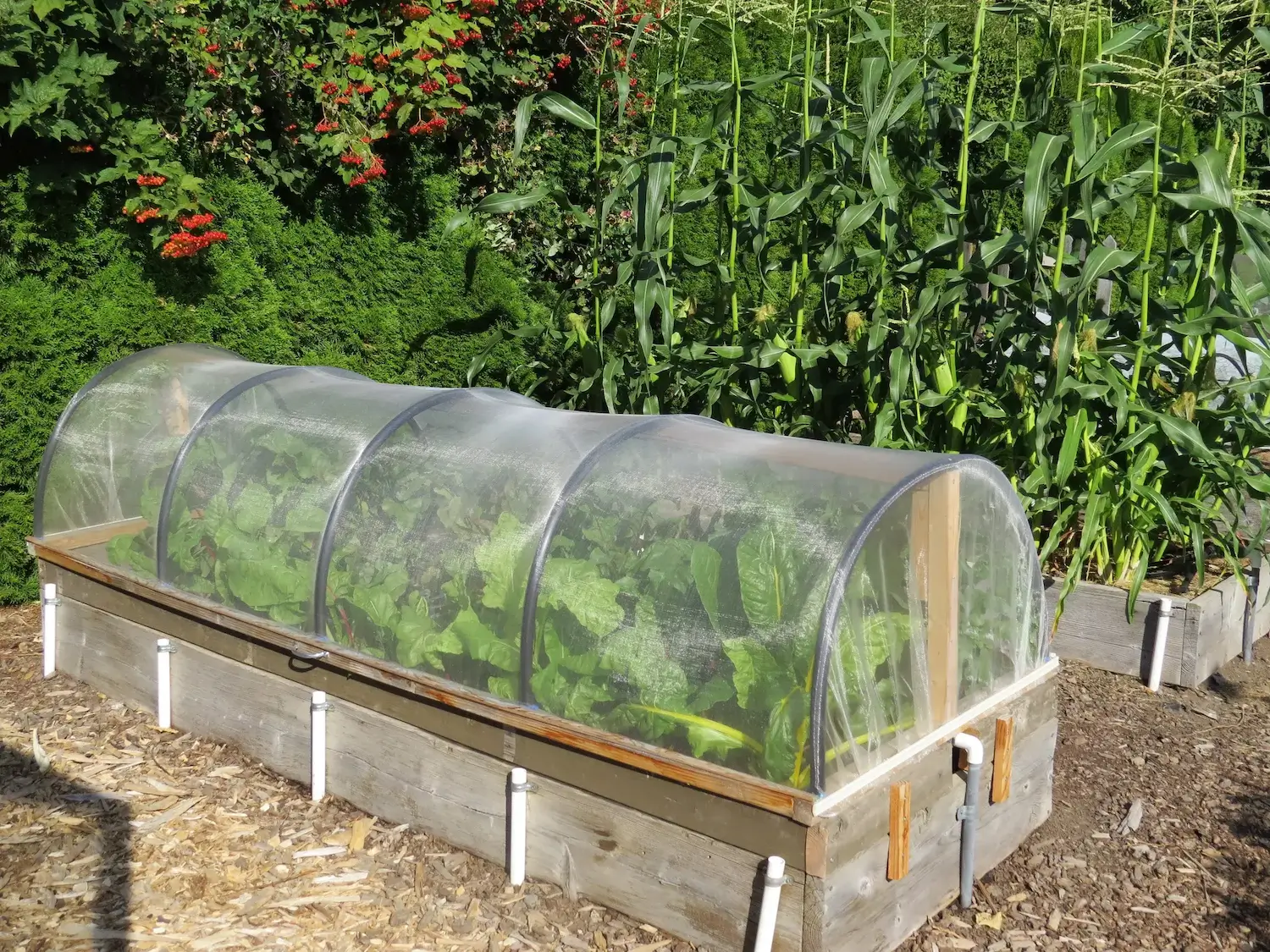
Pest Identification & Prevention
Victor Miller
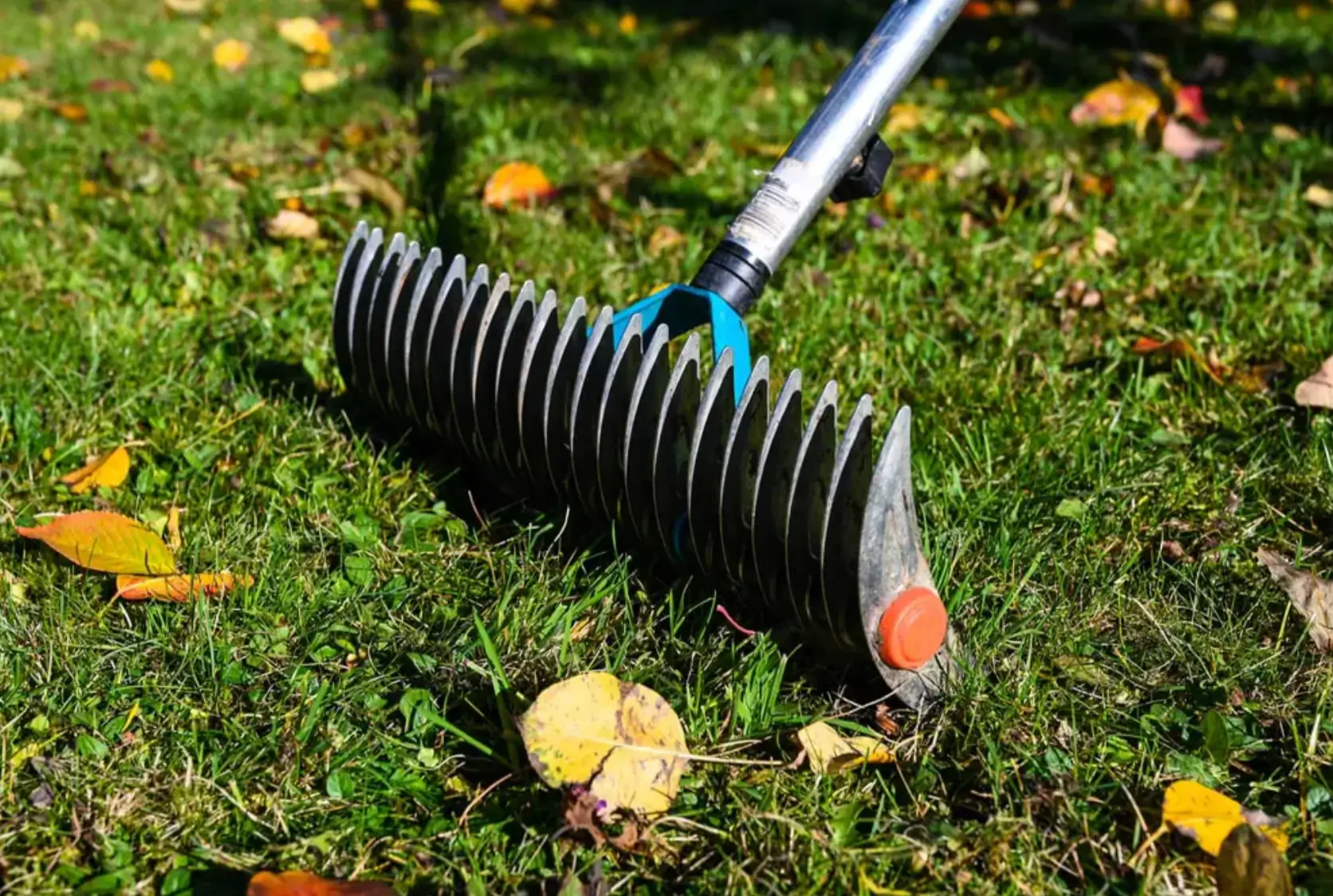
Lawn Care Tips & Maintenance
Victor Miller
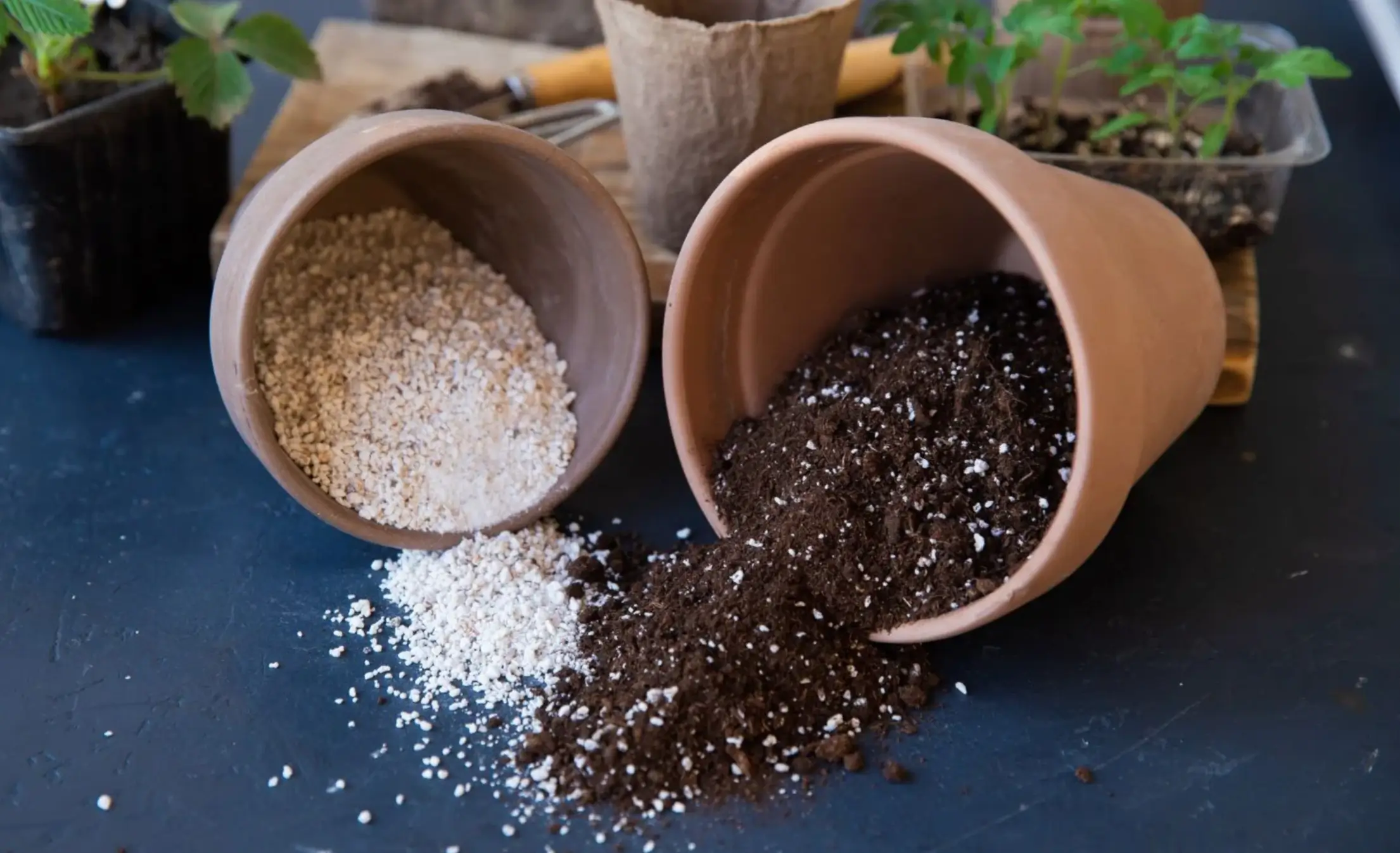
Soil Health & Fertilization
Victor Miller
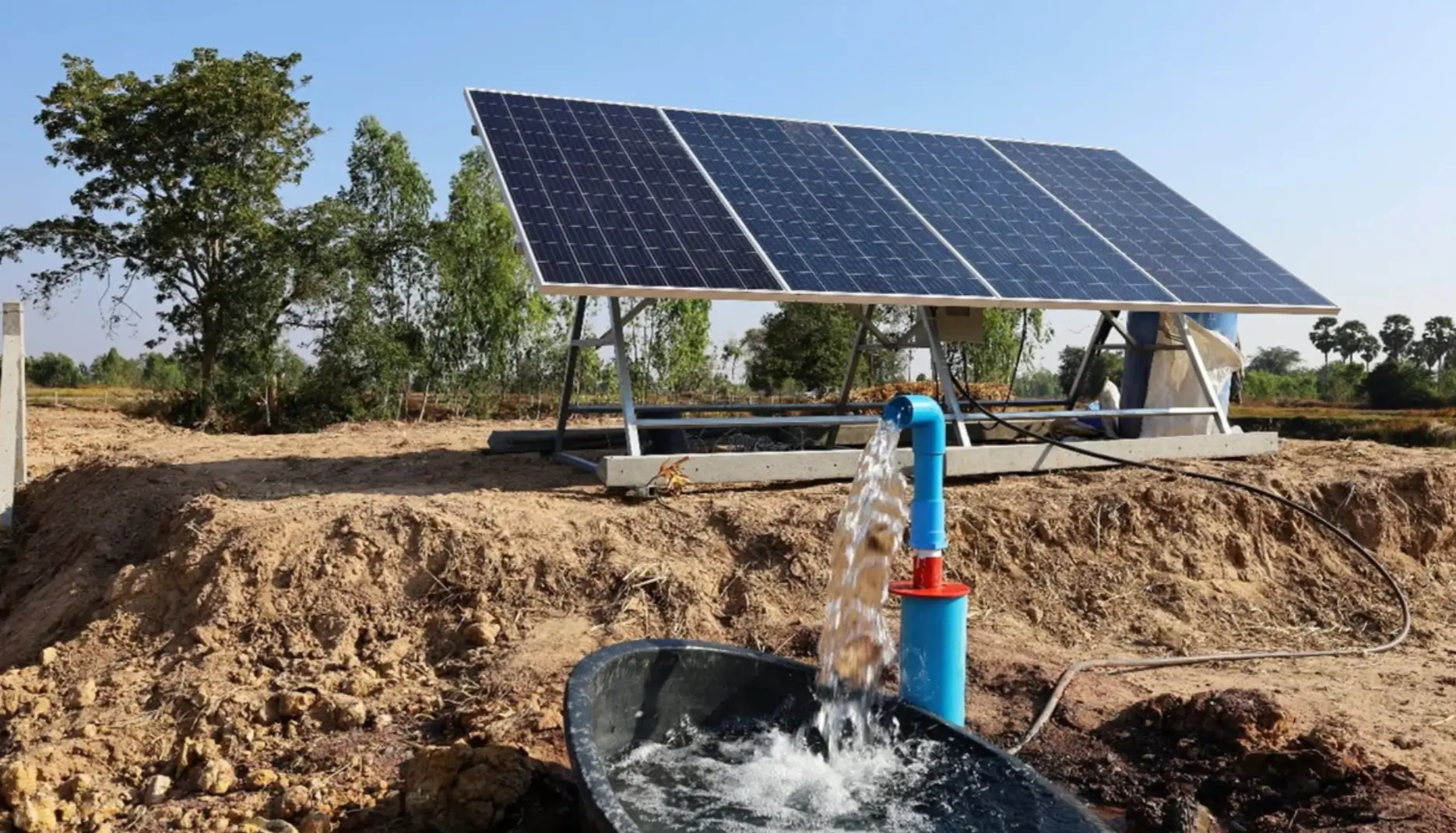
Smart Irrigation Systems
Victor Miller

Patios, Walkways & Driveways
Victor Miller
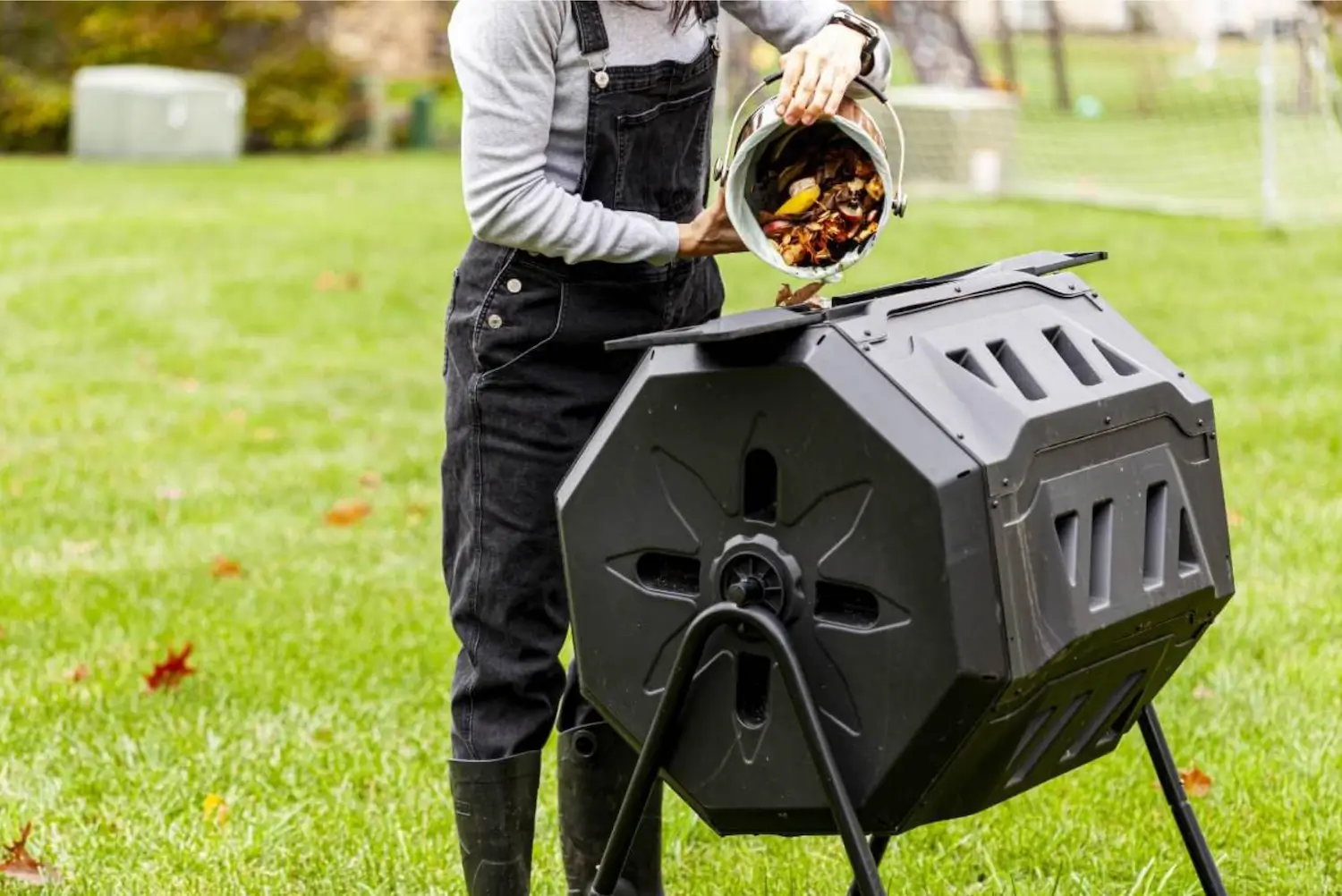
Soil Health & Fertilization
Victor Miller
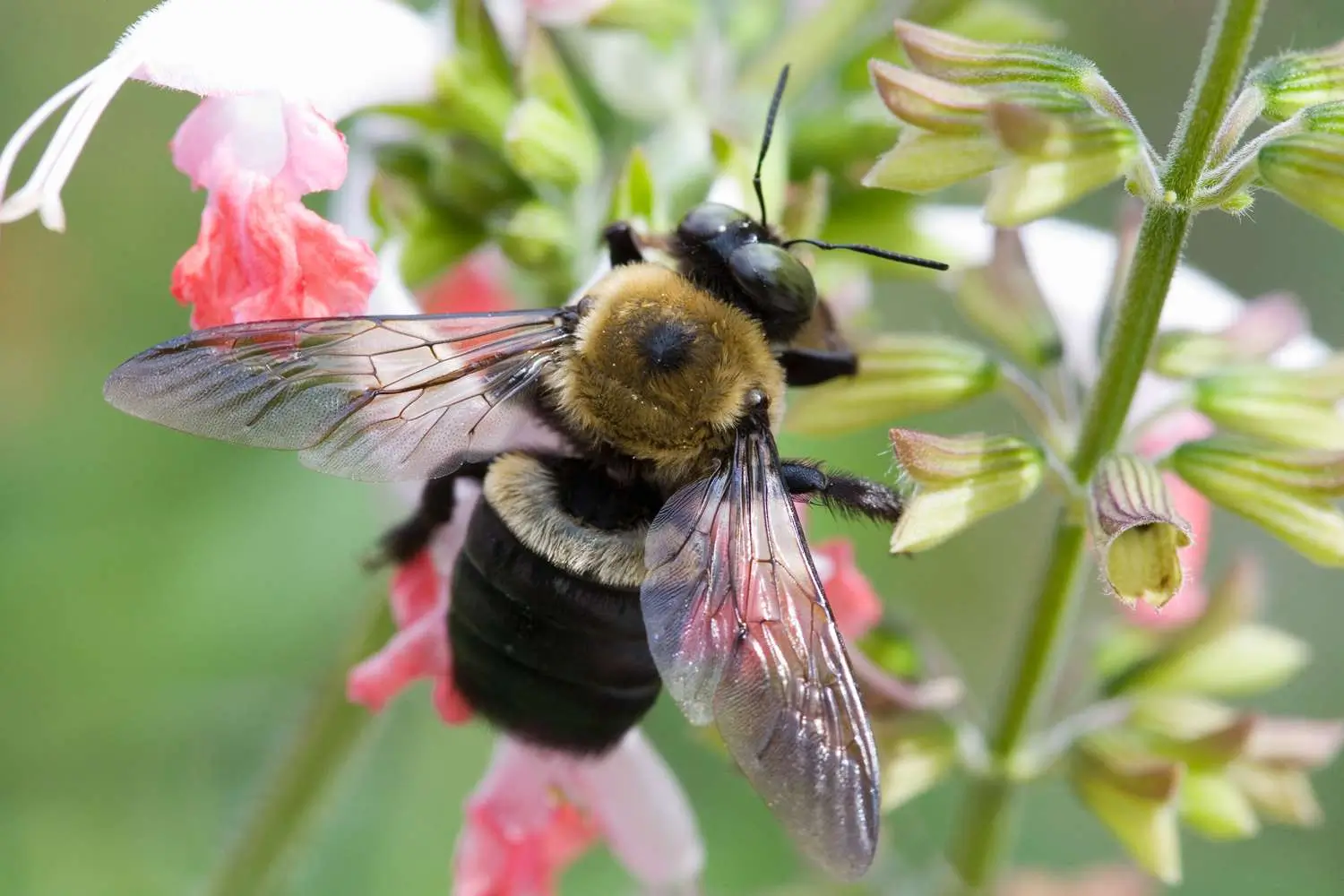
Pest Identification & Prevention
Victor Miller
My Account
Our team is always here to help.
We are open Monday - Friday, 9:00 AM to 4:30 PM PST.